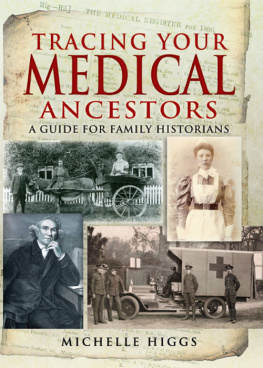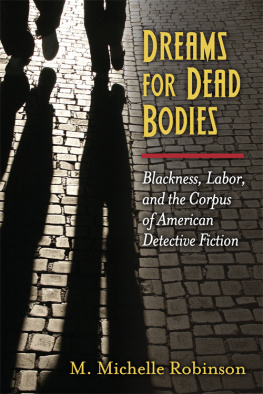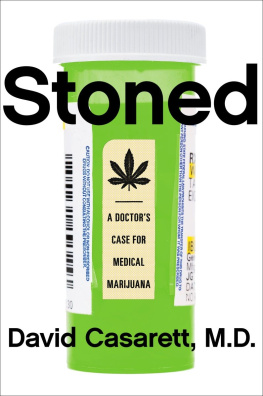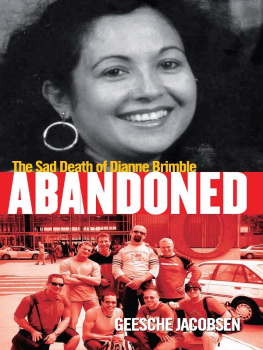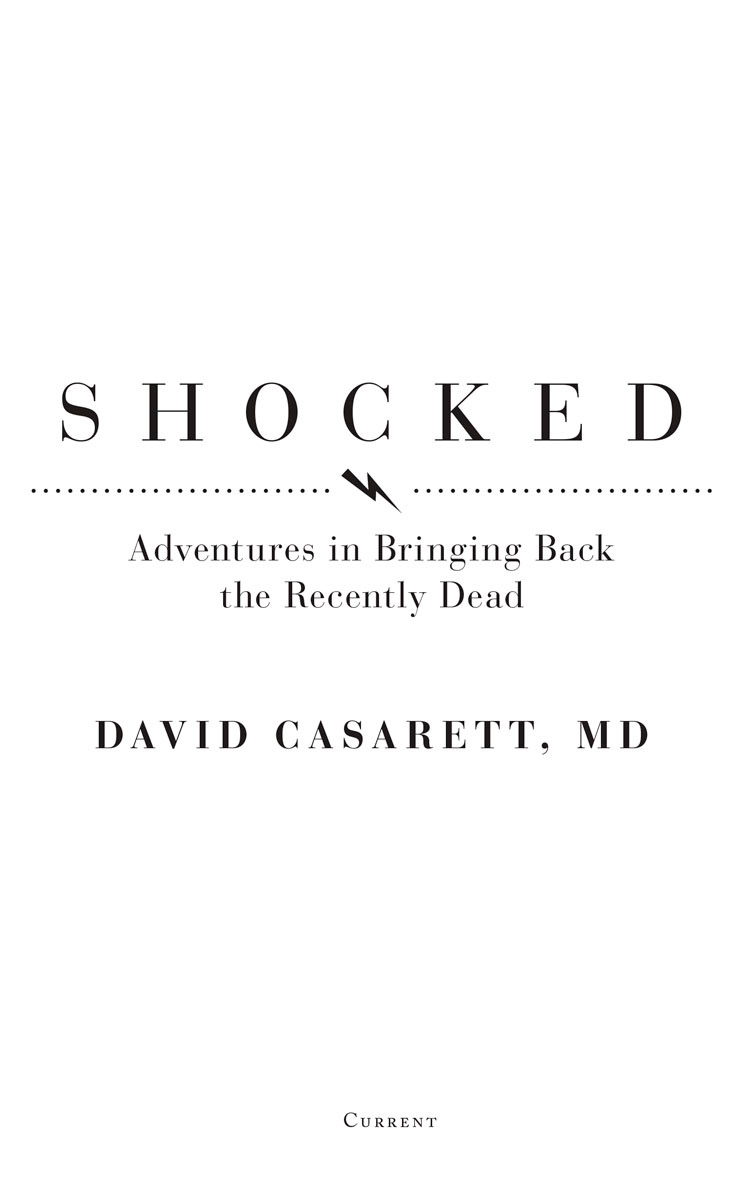David Casarett M.D. - Shocked: Adventures in Bringing Back the Recently Dead
Here you can read online David Casarett M.D. - Shocked: Adventures in Bringing Back the Recently Dead full text of the book (entire story) in english for free. Download pdf and epub, get meaning, cover and reviews about this ebook. year: 2014, publisher: Current Hardcover, genre: Romance novel. Description of the work, (preface) as well as reviews are available. Best literature library LitArk.com created for fans of good reading and offers a wide selection of genres:
Romance novel
Science fiction
Adventure
Detective
Science
History
Home and family
Prose
Art
Politics
Computer
Non-fiction
Religion
Business
Children
Humor
Choose a favorite category and find really read worthwhile books. Enjoy immersion in the world of imagination, feel the emotions of the characters or learn something new for yourself, make an fascinating discovery.
- Book:Shocked: Adventures in Bringing Back the Recently Dead
- Author:
- Publisher:Current Hardcover
- Genre:
- Year:2014
- Rating:4 / 5
- Favourites:Add to favourites
- Your mark:
Shocked: Adventures in Bringing Back the Recently Dead: summary, description and annotation
We offer to read an annotation, description, summary or preface (depends on what the author of the book "Shocked: Adventures in Bringing Back the Recently Dead" wrote himself). If you haven't found the necessary information about the book — write in the comments, we will try to find it.
As a young medical student, Dr. David Casarett was inspired by the story of a two-year-old girl named Michelle Funk. Michelle fell into a creek and was underwater for over an hour. When she was found she wasnt breathing, and her pupils were fixed and dilated. That drowning should have been fatal. But after three hours of persistent work, a team of doctors and nurses was able to bring her back. It was a miracle.
If Michelle could come back after three hours of being dead, what about twelve hours? Or twenty-four? What would it take to revive someone who had been frozen for one thousand years? And what does blurring the line between life and death mean for society?
In Shocked, Casarett chronicles his exploration of the cutting edge of resuscitation and reveals just how far science has come. He begins in the eighteenth century, when early attempts at resuscitation involved public displays of barrel rolling, horseback riding (sort of), and blowing smoke up the patients various orifices. He then takes us inside a sophisticated cryonics facility in the Arizona desert, a darkroom full of hibernating lemurs in North Carolina, and a laboratory that puts mice into a state of suspended animation. The result is a spectacular tour of the bizarre world of doctors, engineers, animal biologists, and cryogenics enthusiasts trying to bring the recently dead back to life.
Fascinating, thought-provoking, and (believe it or not) funny, Shocked is perfect for those looking for a prequeland a sequelto Mary Roachs Stiff, or for anyone who likes to ponder the ultimate questions of life and death.
David Casarett M.D.: author's other books
Who wrote Shocked: Adventures in Bringing Back the Recently Dead? Find out the surname, the name of the author of the book and a list of all author's works by series.



